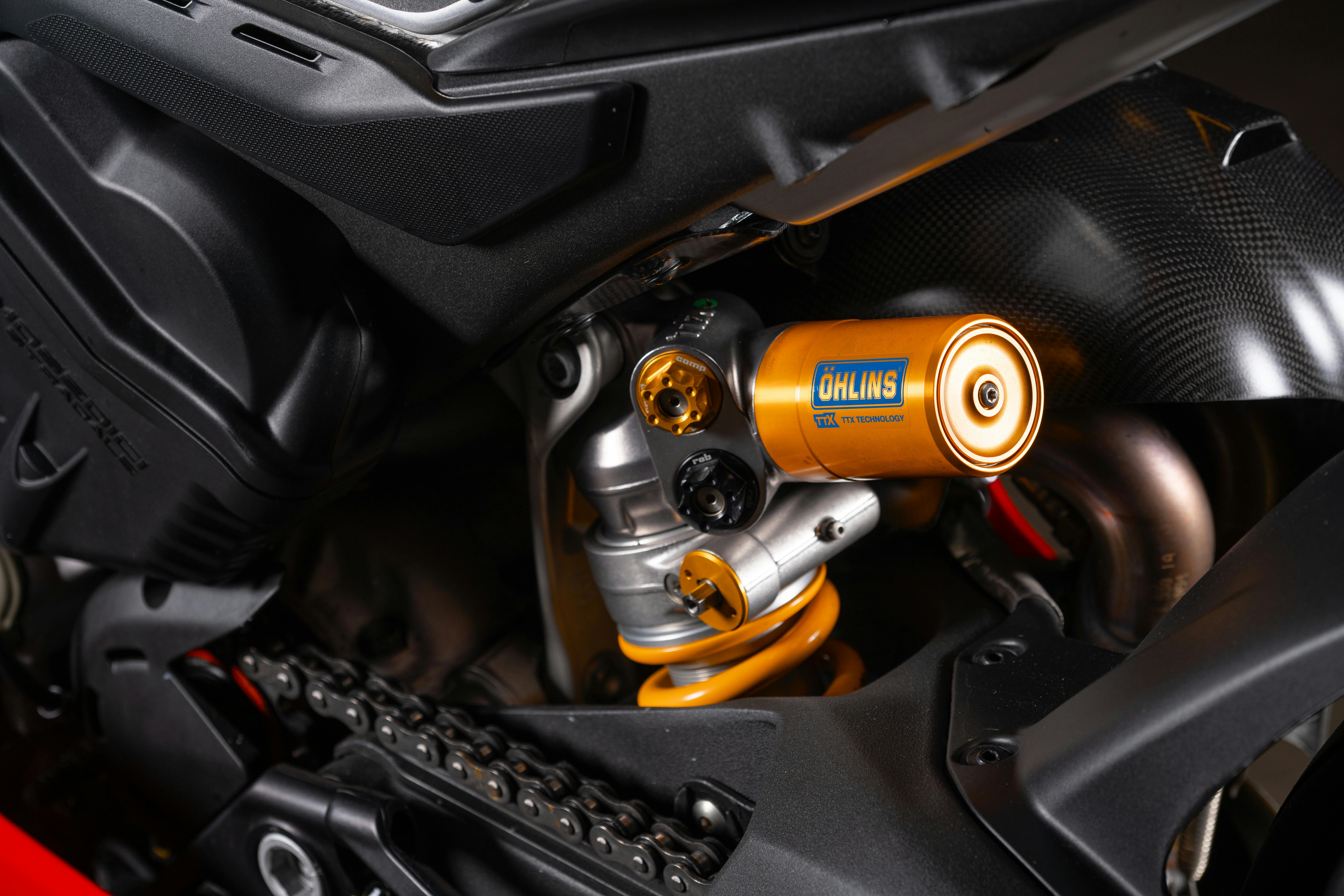Unraveling the Intricacies of Magnetic Suspension Technology
The excitement of a new dawn in automotive technology is palpable. The revolution is not on the horizon; it is here. It's not about electrification or autonomous driving, but something far more fundamental, yet astonishingly sophisticated – Magnetic Suspension Technology. We welcome you on this journey of discovery into how this technology is reshaping the ride quality and handling of modern-day vehicles.

Background: A Glimpse into Magnetic Suspension Technology
Magnetic Suspension, also known as magneto-rheological (MR) suspension, is a type of vehicle suspension system that harnesses the properties of magnetic fields. The technology was first introduced in the 2000s by Delphi, a major automotive parts manufacturer. It uses magnetorheological fluid - a type of oil filled with tiny magnetic particles, in the shock absorbers. When a magnetic field is applied, the fluid’s viscosity increases, changing the shock absorber’s damping characteristics.
Current Trends: Shaping the Future of Ride Comfort
Magnetic Suspension Technology is becoming increasingly popular in the automotive industry. Automakers like Audi, Ferrari, and General Motors have implemented MR suspension in their high-end models, enhancing ride quality and vehicle handling. The technology provides a smooth ride by adapting to road conditions in real-time, giving drivers unprecedented control and comfort.
The Impact: Advantages and Challenges of Magnetic Suspension Technology
The primary advantage of Magnetic Suspension Technology is its adaptability. It provides a flexible suspension system that can be adjusted on the fly, enhancing comfort and handling. However, this technology does come with its challenges. It is more complex and expensive than traditional suspension systems. Moreover, the use of magnetorheological fluid requires regular maintenance to ensure optimal performance.
Backed by Research: The Science Behind the Tech
Research supports the effectiveness of Magnetic Suspension Technology. According to a study published in the Journal of Mechanical Science and Technology, MR suspension systems outperform conventional systems in terms of comfort and handling. The study found that MR suspension systems could reduce vibrations by up to 40%, significantly improving ride quality.
Concluding Thoughts: A Balance of Depth and Accessibility
Magnetic Suspension Technology is a testament to the marvels of engineering in the automotive industry. It’s a perfect blend of physics and mechanical engineering, providing a seamless driving experience. As technology continues to advance, we can expect even more innovative applications of magnetic principles in the automotive world. While the cost and maintenance requirements may be a deterrent for some, the undeniable improvements in ride quality and handling make Magnetic Suspension Technology a worthwhile investment for those who value comfort and control in their driving experience.
In a realm often dominated by discussions of electric vehicles and self-driving cars, it’s essential to remember that innovations are happening in all areas of automotive technology. Magnetic Suspension Technology is one such development that’s quietly revolutionizing the way we think about vehicle comfort and control. The road ahead is indeed exciting, filled with promise and potential.
